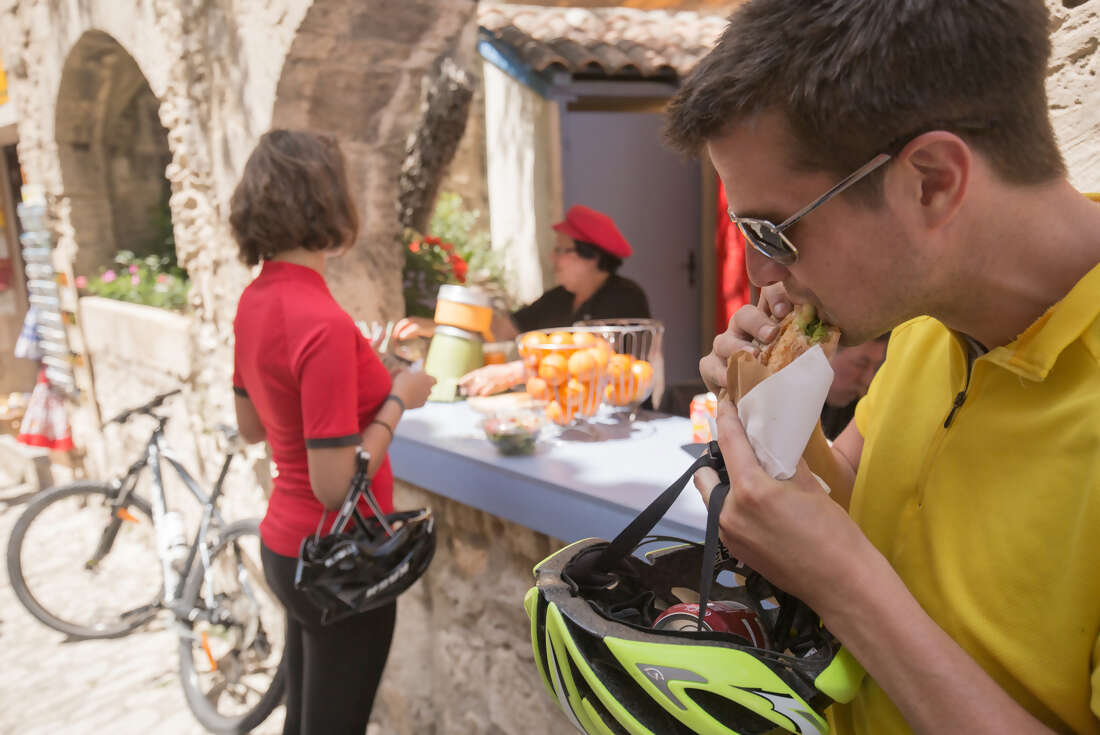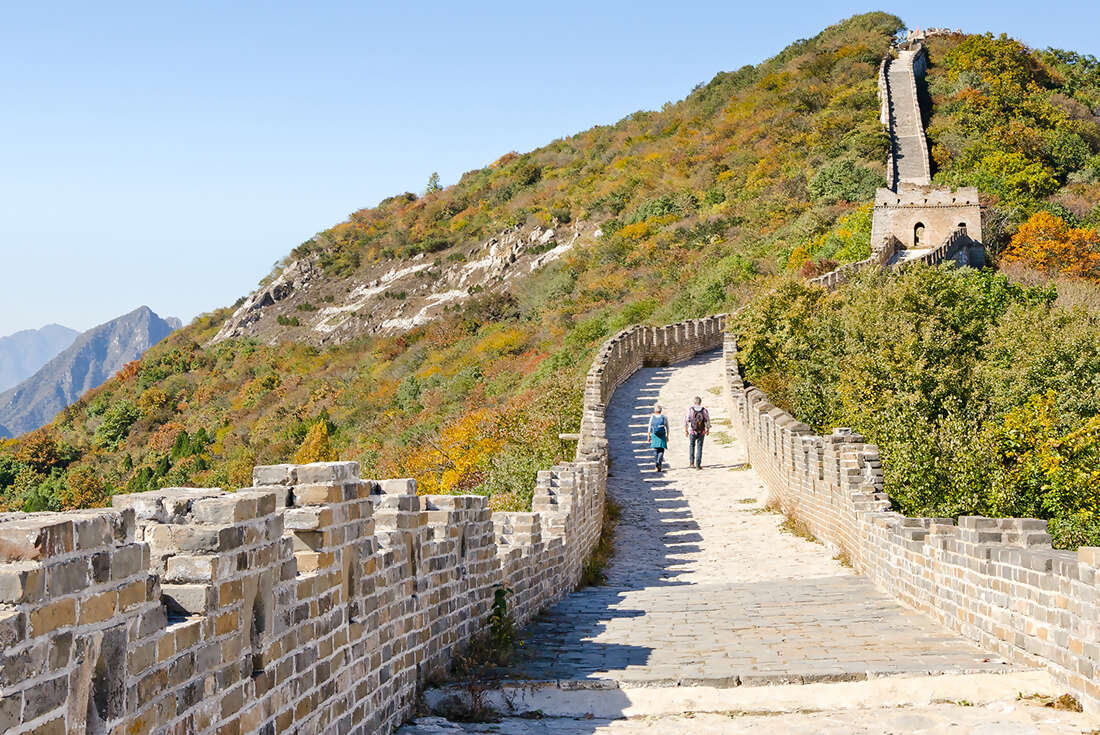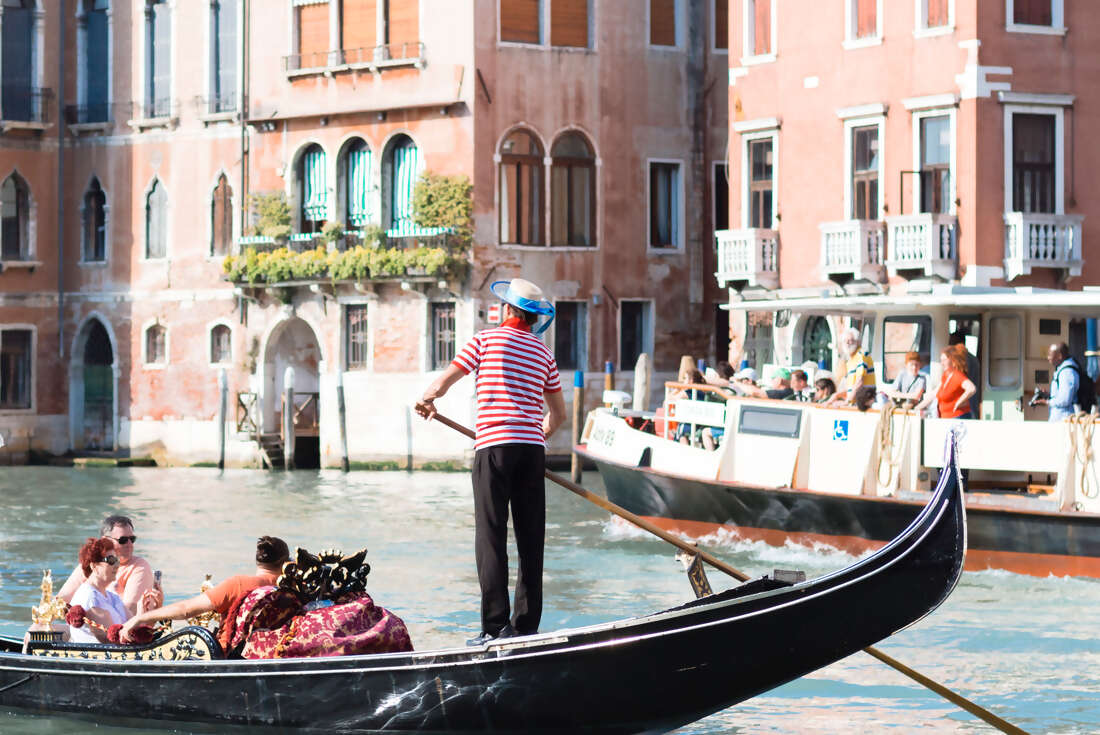 From beautiful cities that seamlessly blend historic architecture and modern design to sprawling landscapes of pristine natural beauty, Scandinavia has a lot going for it. This 15-day journey through Sweden, Denmark and Norway begins in stylish Copenhagen, where the streets are made for cycling, the boutiques are plentiful and the cuisine is world-class. Discover the neoclassical architecture, leafy boulevards and delicious hagabullen (giant cinnamon buns) of Gothenburg before escaping to the serene beaches and nature reserves of the Gothenburg archipelago. Have your curiosity piqued at Oslo’s eccentric museums and discover endless photo opportunities in Trondheim, one of Norway’s prettiest town. Explore the majestic mountains, deep fjords and untamed beauty of Norway’s north while hiking and kayaking around the Lofoten Islands. Then wrap up the adventure above the Arctic Circle in Tromso, a town famed for its Northern Lights displays.
From beautiful cities that seamlessly blend historic architecture and modern design to sprawling landscapes of pristine natural beauty, Scandinavia has a lot going for it. This 15-day journey through Sweden, Denmark and Norway begins in stylish Copenhagen, where the streets are made for cycling, the boutiques are plentiful and the cuisine is world-class. Discover the neoclassical architecture, leafy boulevards and delicious hagabullen (giant cinnamon buns) of Gothenburg before escaping to the serene beaches and nature reserves of the Gothenburg archipelago. Have your curiosity piqued at Oslo’s eccentric museums and discover endless photo opportunities in Trondheim, one of Norway’s prettiest town. Explore the majestic mountains, deep fjords and untamed beauty of Norway’s north while hiking and kayaking around the Lofoten Islands. Then wrap up the adventure above the Arctic Circle in Tromso, a town famed for its Northern Lights displays.Highlights
Explore Copenhagen like a local and hop on a bike. There is no better way to see the major sites, as well as explore hidden corners of this beautiful city.
Don't miss Gothenburg's Haga district, with its picturesque wooden houses and the iconic Skansen Kronan, as well as laid-back Langgatan street.
Take a ferry to Vrango Island, a stunning fishing town in the Gothenburg Archipelago, and discover this rocky nature haven by kayak.
Visit Trondheim, which translates as 'a good place to live', and stroll past the colourful wooden storehouses flanking the river.
Explore the long-adored Lofoten Islands, a patchwork of fishing villages, by land and sea and take in some of the most breathtaking scenery in the entire world.
Finish in Tromso, hundreds of kilometres north of the Arctic Circle, where the arts and culture scene is thriving despite its isolated, northerly location.






- You will visit the following places:
-

Copenhagen
Copenhagen is the capital and largest city of Denmark. This "friendly old girl of a town" is big enough to be a metropolis with shopping, culture and nightlife par excellence, yet still small enough to be intimate, safe and easy to navigate. Overlooking the Øresund strait with Sweden just minutes away, it is a cultural and geographic link between mainland Europe and Scandinavia. This is where old fairy tales blend with flashy new architecture and world-class design; where warm jazz mixes with cold electronica from Copenhagen's basements. You'll feel you've seen it all in a day, but could keep on discovering more for months. Copenhagen is considered a very liveable place because of its cleanliness. It’s considered as one of the very environmentally friendly cities because its harbour can be swum in and about a third of the city’s people use bicycles as their means of transportation. In their downtown area, the places to visit and to be entertained at are the Tivoli gardens and the Town Hall Square. If you want the very cultural and scenic areas the places to see are the Marble church, the Rosenborg castle, and the Christiansborg.
-

Gothenburg
Gothenburg is the second-largest and a major city in Sweden, situated off the Göta älv river on the country's west coast. The City of Gothenburg was founded in 1621 by King Gustavus Adolphus of Sweden. An important seaport, it's famed for its Dutch-style canals and leafy boulevards like the Avenyn, the city's main thoroughfare, lined with many cafes and shops.
-

Oslo
Oslo is a county and municipality, as well as the capital and largest city in Norway. Oslo was established as a municipality on 1 January 1838. Founded around 1048 by King Harald III "Hardraade" of Norway, the city was largely destroyed by fire in 1624. The Danish–Norwegian king Christian IV moved the city, rebuilding it closer to Akershus fortress, as Christiania (briefly also spelt Kristiania). In 1925, the city reclaimed its original Norwegian name, Oslo. The diocese of Oslo is one of the five original dioceses in Norway, which originated around the year 1070.
-

Tromsø
Tromsø is a city and municipality in Troms county, Norway. It is considered the northernmost city in the world and the most populous town north of it is Alta, Norway. It is also one of the best places to view the spectacular Northern Lights in winter. Tromsø is a surprise to most visitors: Here you find art, history, sophistication, good food and an infamous nightlife in a bustling, tiny city. All of it, though, is surrounded by spectacular scenery that is visible from everywhere in town. The city is home to the world's northernmost university, as well as research institutes and satellite based industry. The population is therefore highly skilled, but retains the straightforwardness and sense of humour that the North is known for.